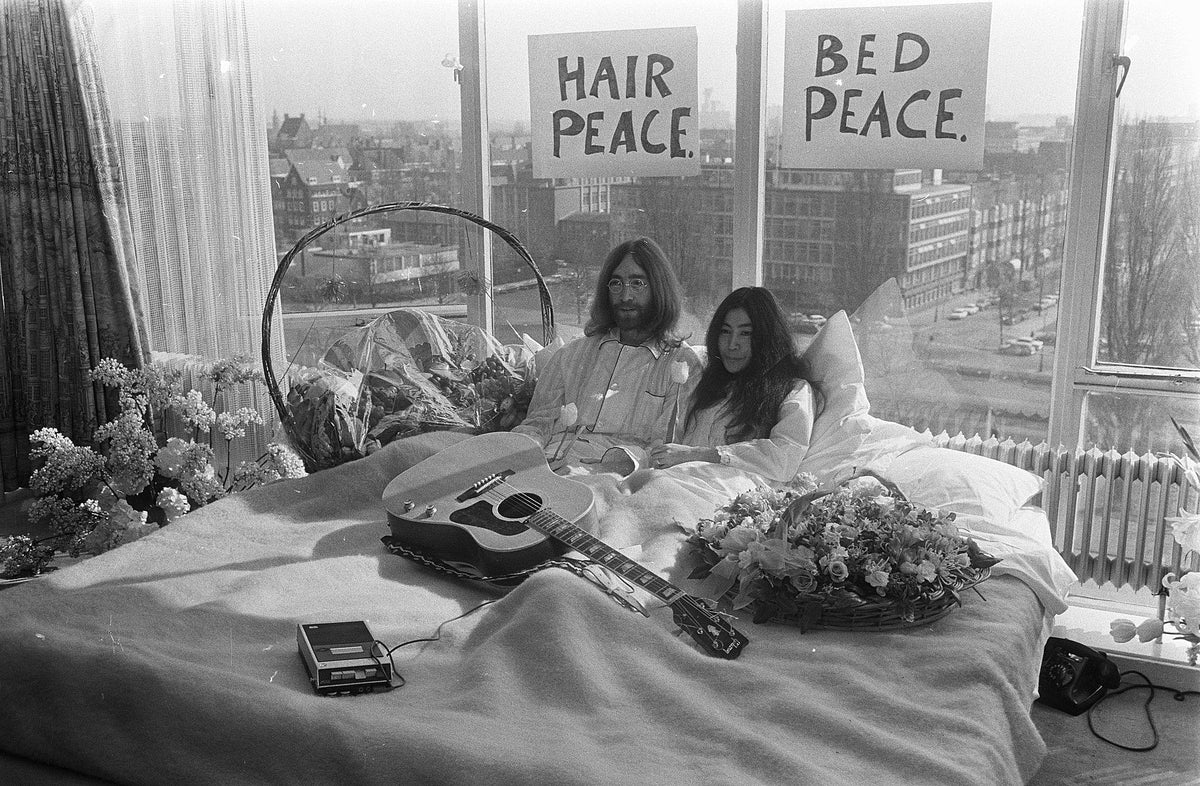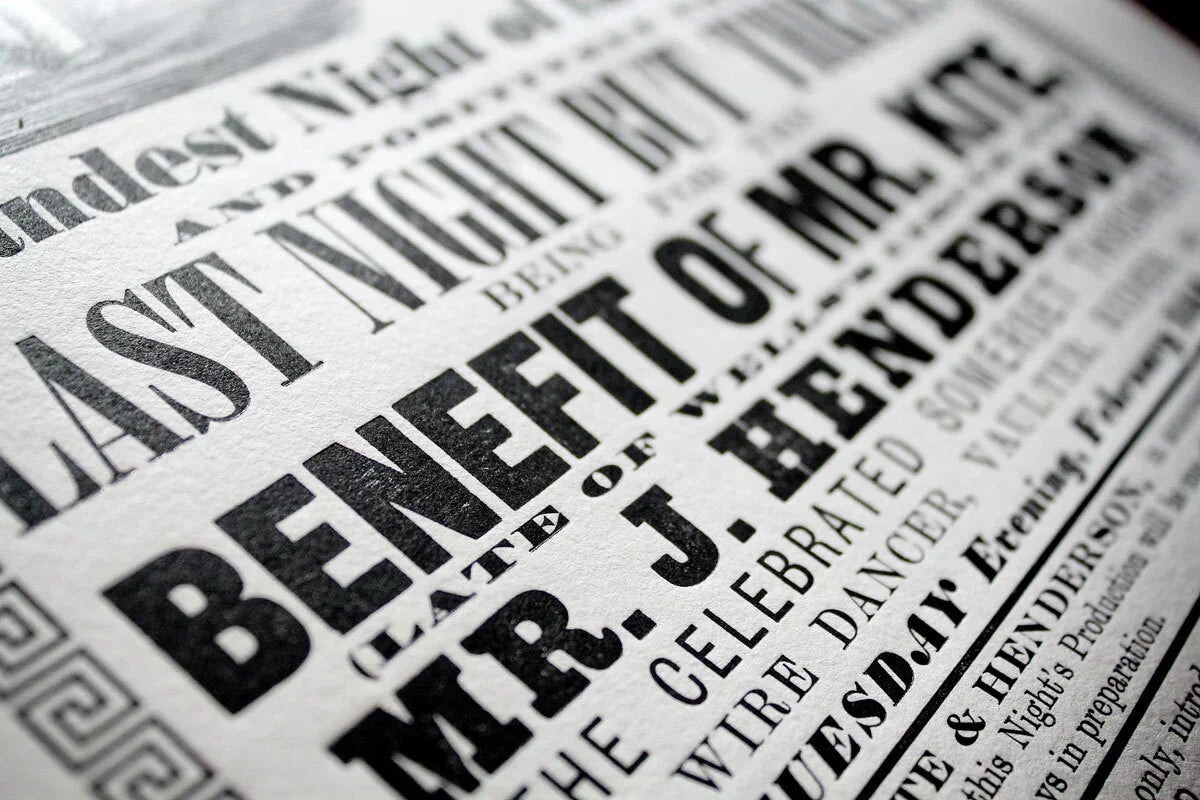
Brazil’s Historic Bull’s Eye Stamps: A Philatelic Milestone
On July 19, 1843 (just a few months after Pablo Fanque's famous circus in Rochdale), Brazil issued its famous Bull’s Eye stamps, making it the second country to produce adhesive postage stamps, after Great Britain’s Penny Black in 1840. These stamps, known as “Olho-de-Boi” in Portuguese, feature large numerals in an oval design, resembling a bull’s eye.Brazil’s first series included three denominations: 30, 60, and 90 réis. Printed in Rio de Janeiro, the simple yet distinct design was meant to prevent counterfeiting and ensure easy identification.
These stamps are significant as the first issued in the Americas, marking a key moment in postal history. They streamlined operations and reduced mailing costs across Brazil.
Today, Bull’s Eye stamps are highly prized by collectors. At auctions, they can fetch astonishing prices due to their rarity and historical value. For instance, a block of these stamps sold for over $2 million at Siegel Auction Galleries.
These stamps remain a testament to Brazil’s innovative approach to postal services and are a coveted item for philatelists worldwide. If you love stamps and have a little free wallspace, consider our Britain of Stamps limited edition print.
Also in News

Last posting dates for Christmas 2025
Order your prints in good time to arrive before Christmas. In this post, we'll suggest the latest times you should order for delivery in the UK, US and beyond.

Celebrating John Lennon’s legacy on his birthday
October 9, 1940 is an important date in Beatles’ history – the day John Lennon was born. Each year, fans across the world celebrate his life and legacy. As one of the most well-known cultural icons of all time, Lennon’s impact on the world was undeniable, as both a musical icon and an advocate for peace.

Sgt. Pepper was released 58 years ago today!
Today marks a special anniversary for Beatles’ fans – especially for us here at Kite! On the 26th May 1967, the Beatles released Sgt. Pepper's Lonely Hearts Club Band.

